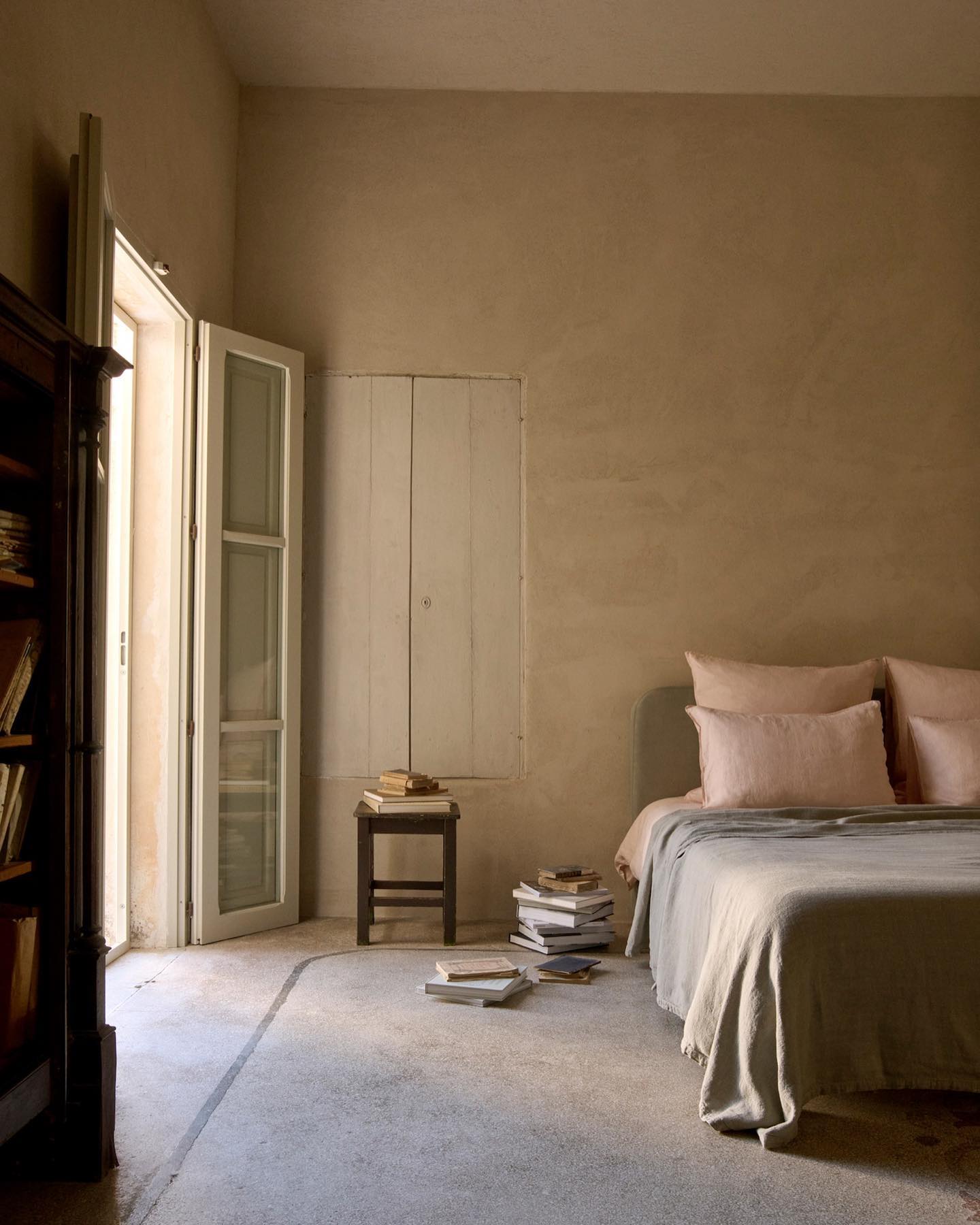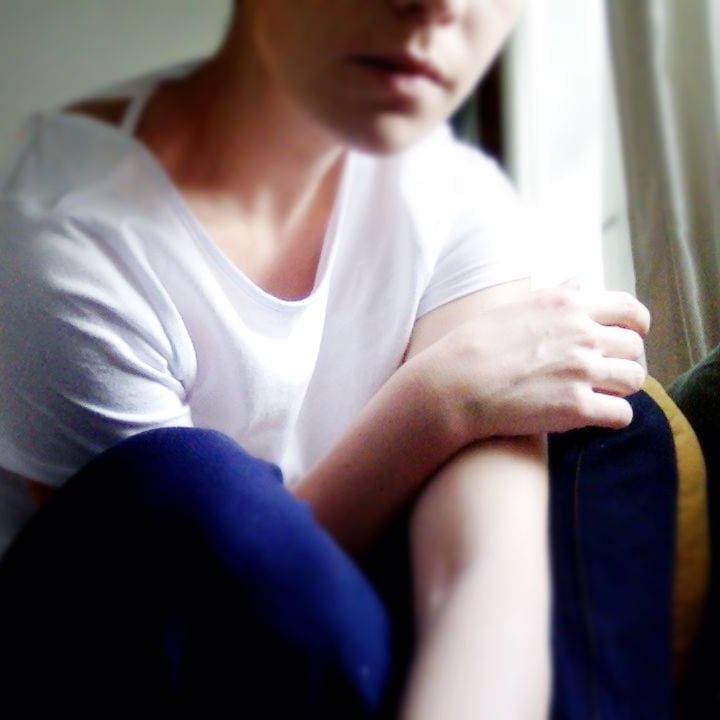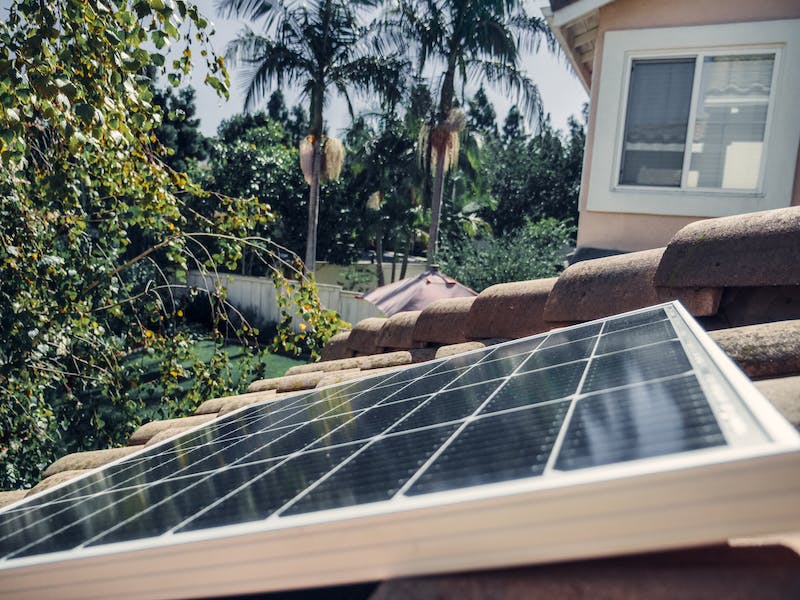The Art of Waiting: Mastering Recoat Times for a Flawless Paint Job

Applying multiple coats of paint seems like a simple, straightforward process. However, the drying time between coats requires careful attention because recoating too early or too late can ruin the entire paint job. Understanding the drying stages of various paint types and the factors impacting cure times enables flawless execution of the multi-layer techniques essential for achieving durable, uniform color coverage.
Why Recoat Times Matter
Rushing the painting process by recoating prematurely often yields disappointing outcomes, including:
Peeling and Flaking: Skimping on dry times prevents proper adhesion so painted layers separate, peel, and flake off the Surface.
Blistering: Solvent and gases get trapped under inadequately dried previous coats, forming bulges and bubbles ruining smoothness.
Uneven Coverage: Rushing recoats over tacky paint causes uneven sinking and mottled textures instead of hiding surface flaws.
Weaker Paint Film: Insufficient drying shrinks paint’s service life, reducing durability and moisture resistance and leading to earlier erosion and deterioration.
Increased Prep Work: If paint failure occurs from rushing recoats, the entire Surface may need intensive sanding, scraping, or chemical stripping to remove the botched paint layers and start fresh. This unnecessary extra prep work bloats the project’s labor timelines unnecessarily.
Greater Material Waste: Peeling or blistering paint can typically not be salvaged once it has dried and hardened on the Surface. Scraping off and discarding this failed coating wastes expensive paint materials and drives up overall supply costs.
Planning adequate recoating dry times creates super tough, lasting paintwork that can withstand heavy use and severe weathering. Mastering recoating windows takes patience but prevents having to completely strip and re-prep failed paint projects.
Understanding the Different Drying Stages of Paint
There are three key stages to consider when it comes to paint drying:
Dry Time: Paint feels dry to the touch but still retains solvents internally. Recoating too soon traps solvents, preventing proper adhesion to the prior coating.
Recoat Time: Enough solvents have evaporated so another layer of paint or primer can be applied without compromising integrity or adhesion.
Cure Time: Paint film reaches maximum hardness, durability, and adhesion after full drying and curing days to weeks after application. The longer the curing duration, the tougher the paint finish.
Understanding where a coating rate across this continuum prevents applying recoats too hastily at the risk of damaging the entire paint job. Checking product specifications provides estimates although real-world conditions modify timetables.
Factors Affecting Recoat Times
Several factors can influence how long you should wait between coats of paint:
Paint Type: Architectural latex acrylic paints allow recoating in as little as 1-2 hours as water solvents evaporate quickly. Oil-based enamels require up to 24 hours between coats, extending the total project timeline.
Temperature: Heat accelerates evaporative drying so paint dries quicker at 85F+ temperatures compared to 65F and below. However, excessive heat risks trapping solvents inside while exterior surfaces stay dry on top.
Humidity: Dry climates speed up drying stages through moisture evaporation, while humidity delays curing by slowing solvent dissipation and keeping coatings damp underneath.
Ventilation: The introduction of fresh air circulation via fans accelerates water and solvent dissipation from paint films to hasten total drying times. Stagnant air molecules saturate, slowing evaporation.
Number of Coats: Thinner paint coats dry quicker by virtue of less soaked-in solvents to evaporate out from lower volume. Heavier applications extend drying times proportionally.
Determining the Recoat Time for Your Paint
Checking manufacturer guidelines on the paint can or technical datasheets indicates the optimal recoat window for the number of hours to wait before safely applying additional coats without risking damage integrity.
However, laboratory testing conditions that generate recoat recommendations rarely match real-world painting environments. Tracking actual drying against specifications provides helpful benchmarks for adjusting for future applications.
How Long Does it Take Paint to Dry? A Look at Different Types
Understanding the drying times of various paint types is crucial for efficient project management:
Latex Paint: Water-based latex acrylic paint designed for architectural surfaces can be recoated in as little as 1-2 hours, with full curing in two weeks. Quick solvent evaporation enables multiple same-day coats.
Oil-Based Paint: Paint containing hydrocarbon solvents like alkyds, polyurethanes, and epoxies requires overnight drying between coats and cures over one month to develop maximum hardness and scratch resistance.
Primer: Water-based latex and oil-based primers rely on the same solvents and pigments as paints. Latex primers can be recoated after just 60 minutes while oil-based products need up to 24 hours before applying paint.
Tips for Achieving Optimal Drying Conditions
Environmental factors play a pivotal role in influencing total project timelines based on accelerating or delaying paint curing stages. Controlling key variables creates prime drying conditions for efficiently executed, successful paint outcomes:
Prepare the Surface Properly: Proper prep removes existing coatings, smooths roughness, and cleans away residue so new paint bonds tightly without interfering with contaminants, slowing drying.
Apply Thin Coats: Thin, even paint application allows maximum air circulation to freely evaporate solvents, speeding dry times, rather than thick single coats that trap solvents inside.
Avoid Direct Sunlight: While heat accelerates drying, direct sun prematurely skins-over exterior paint blocking interior solvent dissipation. Shade surfaces during application and drying instead.
Maintain Proper Ventilation: Positioning fans oscillating over fresh paint increases airflow for moisture and solvent evaporation, preventing slow drying indoors.
Careful surface prep, following manufacturer specifications, and monitoring real-world dry times prepare for recoating at the ideal moment for inter-coat adhesion and evenly fused multi-layer paint builds. Rushing the critical window between coats jeopardizes the coating, while excessive delays waste unnecessary time. Understanding how long paint takes to dry builds mastery for managing timelines of any painting project for faster, more durable, and professional-quality outcomes.
Achieving beautifully smooth, ultra-durable paint finishes relies on proper timing when applying multiple coats. Recoating too soon traps solvents while extended delays waste time and risk surface contamination. Tracking the dry time, recoat time, and cure time stages provides clarity on when conditions are just right. Factoring in paint type, weather, application details, and environmental conditions allows calibrating for real-world results. Maintaining optimal surface prep, ventilation, temperature, and humidity accelerates drying, enabling faster recoats. With experience, recoating at the right moment becomes second nature for rapid yet flawless multi-layer paint jobs.




